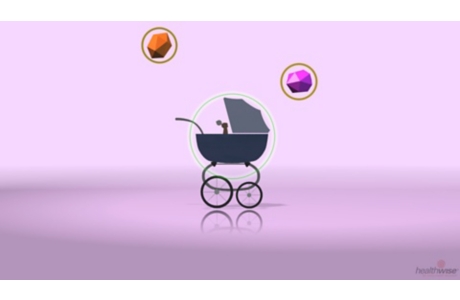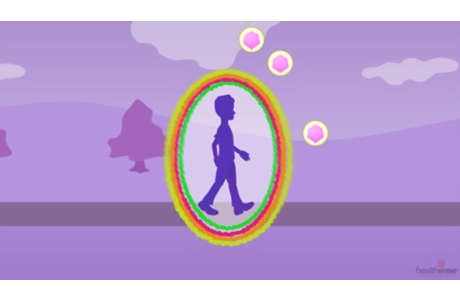Preventing Tetanus Infections
Overview
How can you prevent tetanus?
You can prevent tetanus by getting all of your recommended immunizations (shots). There are three different shots that protect you from tetanus.
- DTaP (diphtheria, tetanus, and pertussis). DTaP is given in a series of 5 shots starting at age 2 months and ending at ages 4 to 6 years.
- Tdap (tetanus, diphtheria, and pertussis). Tdap is the first booster shot for tetanus. It is recommended at age 11 or 12. It's also recommended for all teens and adults who never had the Tdap shot. People who are pregnant need a Tdap shot during each pregnancy.
- Td (tetanus and diphtheria). Td is given as a booster shot every 10 years.
If you never had tetanus shots as a child, or if you're not sure if you had them, you'll need to get 3 tetanus shots in about a 1-year time span. (Your doctor will tell you which shots you will need.) After that, 1 booster shot every 10 years will protect you.
You will need a tetanus shot as soon as possible if you have a dirty cut, wound, or burn and 5 or more years have passed since your last tetanus shot. The doctor will clean the wound and may give you antibiotics.
Why is it important?
Tetanus is a disease caused by a bacterial infection. The tetanus bacteria get in a wound through a break in the skin or mucous membrane. A cut, puncture wound, deep scrape, deep burn, or any injury that breaks the skin or mucous membrane are called wounds.
The bacteria make a toxin, or poison, that causes severe muscle spasms and seizures. Tetanus is also called "lockjaw" because muscle spasms in your jaw make it hard to open your mouth. This makes it hard to swallow or breathe. Tetanus can be very dangerous and can cause death. The best way to prevent the disease is to have a tetanus shot.
How can you tell if you need a tetanus shot?
To decide if you need a tetanus shot after a wound, first decide if the object that caused the wound was dirty or clean. An object is dirty if it has dirt, soil, spit, or feces on it. A clean object does not have dirt, soil, spit, or feces on it.
You will need a tetanus shot if:
- Your wound was caused by something that was clean and your last tetanus shot was longer than 10 years ago.
- Your wound was caused by something that was dirty and your last tetanus shot was longer than 5 years ago.
- You are not sure if your wound was caused by something clean or dirty and your last tetanus shot was longer than 5 years ago.
- You are not sure when you had your last tetanus shot.
- You did not get the first series of tetanus shots (primary vaccination series).
If you need a tetanus shot, call your doctor to arrange for a shot.
Some people may need tetanus immunoglobulin (IG) for a wound that is at high risk for developing tetanus. The immunoglobulin is usually only needed if you have not (or do not know if you have) completed the tetanus primary vaccination series.
What can you do if you have a reaction to a tetanus shot?
If you have a reaction to a tetanus shot, your symptoms may include warmth, swelling, redness at the site where the shot was given or a fever.
Home treatment can help reduce the discomfort.
- Ask your doctor if you can take an over-the-counter medicine for pain and fever, such as acetaminophen or a nonsteroidal anti-inflammatory drug (NSAID). Be safe with medicines. Read and follow all instructions on the label. Because of the risk for Reye syndrome, do not give aspirin to anyone younger than age 20 unless your doctor tells you to.
- Put an ice pack on the area where the shot was given for 20 minutes, 3 or 4 times a day for the first 24 to 48 hours. After 48 hours, heat may feel better.
Related Information
Credits
Current as of: April 30, 2024
Author: Ignite Healthwise, LLC Staff
Clinical Review Board
All Healthwise education is reviewed by a team that includes physicians, nurses, advanced practitioners, registered dieticians, and other healthcare professionals.
Current as of: April 30, 2024
Author: Ignite Healthwise, LLC Staff
Clinical Review Board
All Healthwise education is reviewed by a team that includes physicians, nurses, advanced practitioners, registered dieticians, and other healthcare professionals.




